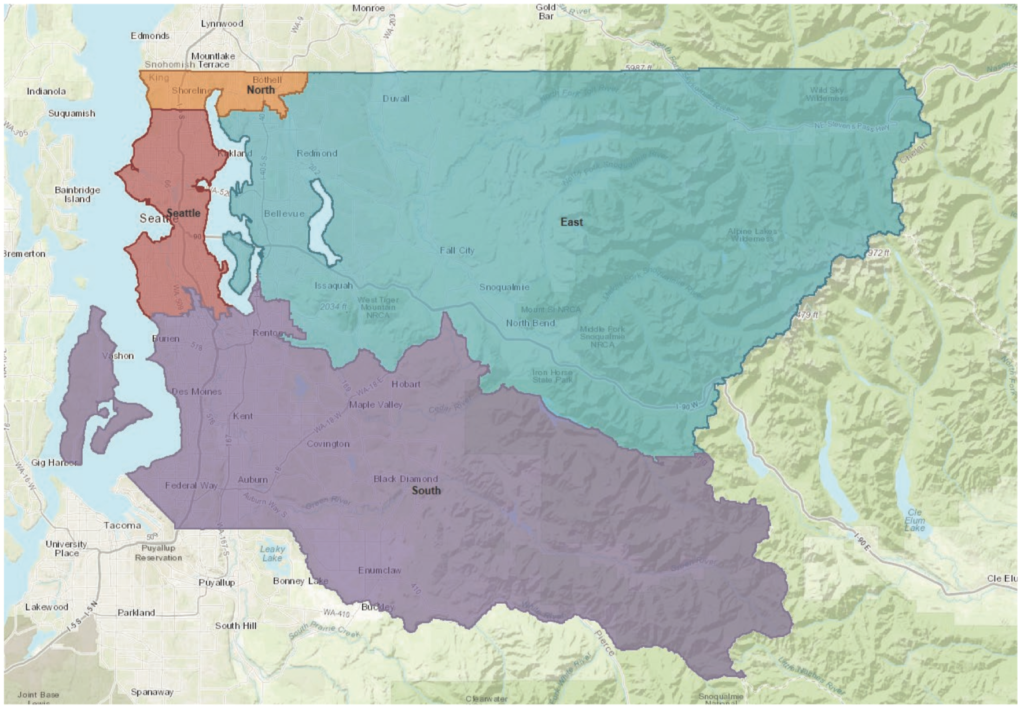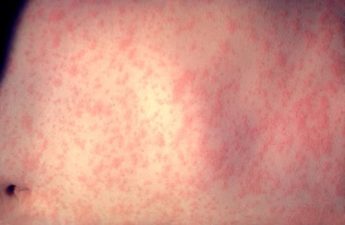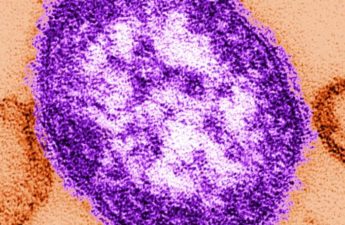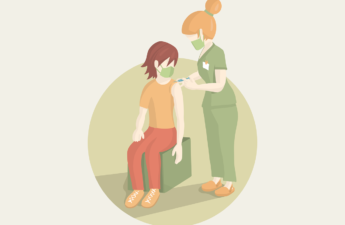
From Public Health – Seattle & King County
Public Health – Seattle & King County is investigating a sixth measles case in the month of May in King County.
The King County resident, a man in his forties, received care at MultiCare Indigo Urgent Care in Issaquah while he was contagious.
This case brings the total to nine recent measles cases among Washington state residents.
The new King County case was likely exposed to measles at Hops n Drops restaurant in Sammamish on May 9 during the time that a previously identified person with measles was there.
Health officials have no reason to believe that there is currently any risk of measles at this restaurant, other than the time on May 9 that was previously reported.
Location of potential exposure to the public of this measles case in King County
Before the measles diagnosis was made, the individual with measles was in the following public location while contagious:
| Date | Time | Location |
| 5/25/19 | 8:00 a.m. to 11:30 a.m. | MultiCare Indigo Urgent Care – Issaquah (6140 E Lake Sammamish Pkwy SE, Ste. F, Issaquah 98029) |
These times include the period when the individual was at the location and two hours after. Measles virus can remain in the air for up to two hours after someone infectious with measles leaves the area.
Anyone who was at this location during the times listed could have been exposed to measles. MultiCare is notifying patients and families in the Urgent Care in Issaquah who might have been exposed.
If additional exposure locations are identified, they will be added to a list of all measles cases and locations of exposure in King County at kingcounty.gov/measles/cases.
What to do if you were in a location of potential measles exposure
Most people in our area have immunity to the measles through vaccination, so the risk to the general public is low. However, anyone who was in the locations of potential exposure to measles around the times listed below should:
- Find out if you have been vaccinated for measles or have had measles previously. Make sure you are up-to-date with the recommended number of measles (MMR) vaccinations.
- Call a healthcare provider promptly if you develop an illness with fever or illness with an unexplained rash.
- To avoid possibly spreading measles to others, do not go to a clinic or hospital without calling first to tell them you might have measles and could be contagious.
- · Vaccination or medication can be given after exposure in some cases to prevent illness – check with your healthcare provider. This is especially important for people at high risk for measles complications (see below).
Measles symptoms could appear starting from seven days after the first exposure to twenty-one days after the last exposure to someone with measles. Rash is most likely to appear a few days after the fever, ten to twelve days after an exposure.
More information about other cases in Washington state is available from the Washington State Department of Health. Public Health – Seattle & King Countycontinues to work with the Washington State Department of Health, Tacoma-Pierce County Health Department, and Snohomish Health District to identify any connections between these cases.
About measles
Measles is a highly contagious and potentially severe disease that causes fever, rash, cough, and red, watery eyes. It mainly spreads through the air after a person with measles coughs or sneezes.
Measles symptoms begin seven to 21 days after exposure to someone with measles. Measles is contagious from approximately four days before the rash appears through four days after the rash appears. People can spread measles before they have the characteristic measles rash.
Measles complications can include ear infections, diarrhea, pneumonia, and rarely, encephalitis (brain inflammation). Anyone could have serious measles complications, but of particular concern are infants and children under 5 years, pregnant women, and people with weakened immune systems from drugs or underlying disease.
If you are in one of these high-risk groups and were exposed to measles, be sure to contact your health care provider to discuss the need for treatment to prevent measles infection.
Measles is preventable with the safe and highly effective measles, mumps and rubella (MMR) vaccine. According to the Centers for Disease Control and Prevention (CDC), two doses of the MMR vaccine are more than 95 percent effective in preventing measles and that protection is long lasting.
What public health officials are doing
Investigation of infectious diseases is one of the essential services local health departments provide. Because of increased measles activity nationally, health departments throughout Washington state are also alerting healthcare providers and working with schools and communities to provide education about preventing measles.
For more information about measles and measles vaccination: kingcounty.gov/measles


